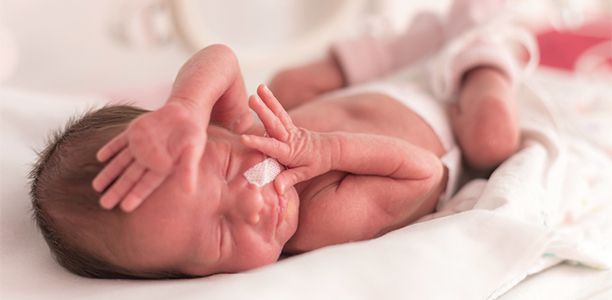A study at The University of Western Australia that looked into ways of preventing respiratory health problems in premature babies has been listed in the top 10 projects for 2015 at the National Health and Medical Research Council (NHMRC) Awards.
Led by UWA Associate Professor Jane Pillow and her team from UWA’s School of Anatomy, Physiology and Human Biology, the research sought to develop a better understanding of how to treat the respiratory problems experienced by premature babies, to help the sickest and smallest babies develop their lungs.
Breathing is the most pressing challenge for premature infants at birth. Every year, more than 15 million babies across the world are born prematurely, of which 1 million will die during infancy.
Associate Professor Pillow said that babies with underdeveloped lungs often suffered from long-term and severe breathing difficulties.
“Preterm infants often need mechanical ventilation to survive, but their underdeveloped and fragile lungs are very easily damaged by ventilation,” Associate Professor Pillow said.
“Our research focused on finding more gentle and effective ways to assist their breathing without damaging the lungs.
‘We found that we could protect the lungs from harm by delivering miniature breaths between 300 to 900 times a minute instead of using bigger breaths at the normal breathing rate of 50-60 breaths a minute.
“This allowed us to reduce injuries than can occur during mechanical ventilation.”
Associate Professor Pillow said she hoped the research would contribute to new and improved future treatments.
“Our research will help advance the technology used to treat premature babies with breathing difficulties, while reducing the damage inflicted on their lungs by lifesaving artificial respiration,” she said.
(Source: The University of Western Australia)










